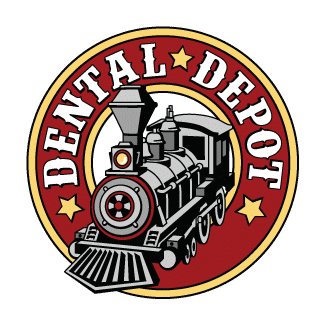A dental emergency can happen one of two ways; either as a trauma (such as a knocked-out tooth, broken jaw, or another spontaneous injury) or as a result of an oral health concern that was either overlooked or ignored and has gotten progressively worse. No matter how the dental emergency occurred, it can be equally distressing and more than a little confusing. And now, with temporary limitations on what kind of appointments can be seen in dental offices to help protect the community at large, it’s important to understand what is and is not urgent.
What is a dental emergency?
The American Dental Association (ADA) defines a true dental emergency as potentially life-threatening and requires immediate treatment to stop ongoing bleeding, alleviate severe pain or infection, and can include:
- Uncontrolled bleeding
- Infections that cause swelling that potentially compromises airflow
- Trauma involving facial bones that potentially compromises airflow
Now, while these are all very serious emergencies, urgent dental care (also called essential dental care) is what most patients are being seen for. Urgent dental care focuses on managing conditions that need immediate attention to relieve severe pain and/or the risk of infection – most importantly, urgent dental care helps relieve the burden on hospital emergency rooms.
Examples of urgent or essential dental care include:
- A knocked out or loose tooth
- Severe dental pain from inflammation or infection in or around a tooth
- Dry socket or inflammation in the bone
- Abscess or other localized bacterial infections that cause swelling and pain
- A cracked tooth that causes pain or includes damaged gums
- Treatment that is required before a patient can proceed with other medical procedures
- Extensive cavities or defective fillings that are causing pain
- Adjustments for orthodontics wires or appliances that are cutting or poking into gums
Other common examples of urgent dental care appointments include those for delivering a final crown or bridge if the temporary is lost, broken or causing an infection, biopsies for abnormal tissue, suture removal, denture adjustments for patients undergoing chemotherapy or radiation treatment, or denture adjustments or repairs when it impedes functionality.
If you are experiencing a dental emergency or are in need of urgent dental care, please call us as soon as possible so that we can help you find a time to come in. At this time, we are not accepting walk-ins and ask that if you need a same-day appointment, that you please call ahead so that we can find the best time to limit your wait.
What treatment can wait?
To our patients who have recently been asked to reschedule appointments, we deeply appreciate your cooperation. We understand that it takes time to find an appointment time that works for you and appreciate your willingness to adjust for the health and safety of our community.
Until April 30th, all routine and non-urgent appointments have been rescheduled per the recommendation of the ADA and by order of the governor. These appointments include routine check-ups, cleanings, preventative treatment such as sealants, orthodontic appointments that are non-urgent, extractions for teeth not causing pain, minor restorative treatments, and cosmetic dental procedures.
How can I protect my oral health at home?
Continue to practice good oral hygiene at home as you normally would. This includes brushing your teeth twice daily for two minutes at a time and flossing once daily. Continue to eat teeth-friendly foods (more on that here) and drink plenty of water throughout your day to wash away bacteria and sugar that may be lingering between brushing.
The Center for Disease Control (CDC) also recommends washing your hands for at least 20 seconds with soap and water prior to brushing or flossing. Avoid cross-contamination of toothpaste by using a Q-tip or piece of wax paper to get the toothpaste from the tube and onto your bristles. If you share a tube of toothpaste, avoid touching your bristles to the tip of the tube.
Clean your toothbrush when you finish brushing by giving it a quick wipe along the handle with a safe household disinfectant. You can also soak your bristles for 30 seconds in antibacterial mouthwash or with a teaspoon of 3% hydrogen peroxide in a cup of water. Practice social distancing with your toothbrush, toothpaste, and floss, and store it separately from others in the household to avoid cross-contamination.
Lastly, never share your toothbrush – while it’s easy for adults to understand this, children can sometimes use the wrong toothbrush by mistake. Try color-coding toothbrushes to avoid this in the future. And as always, the ADA recommends replacing your toothbrush or brush head every three to four months or sooner if the bristles become worn or frayed.
